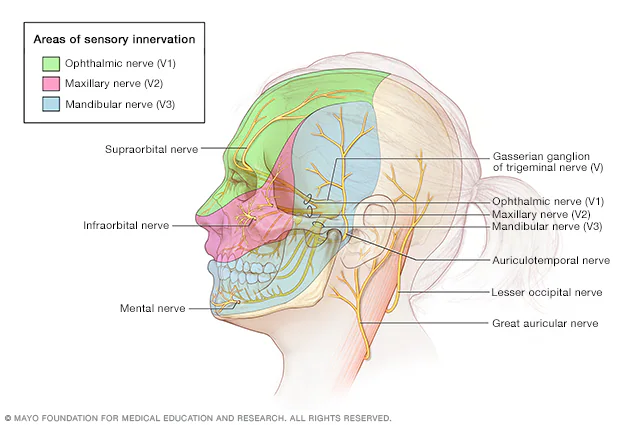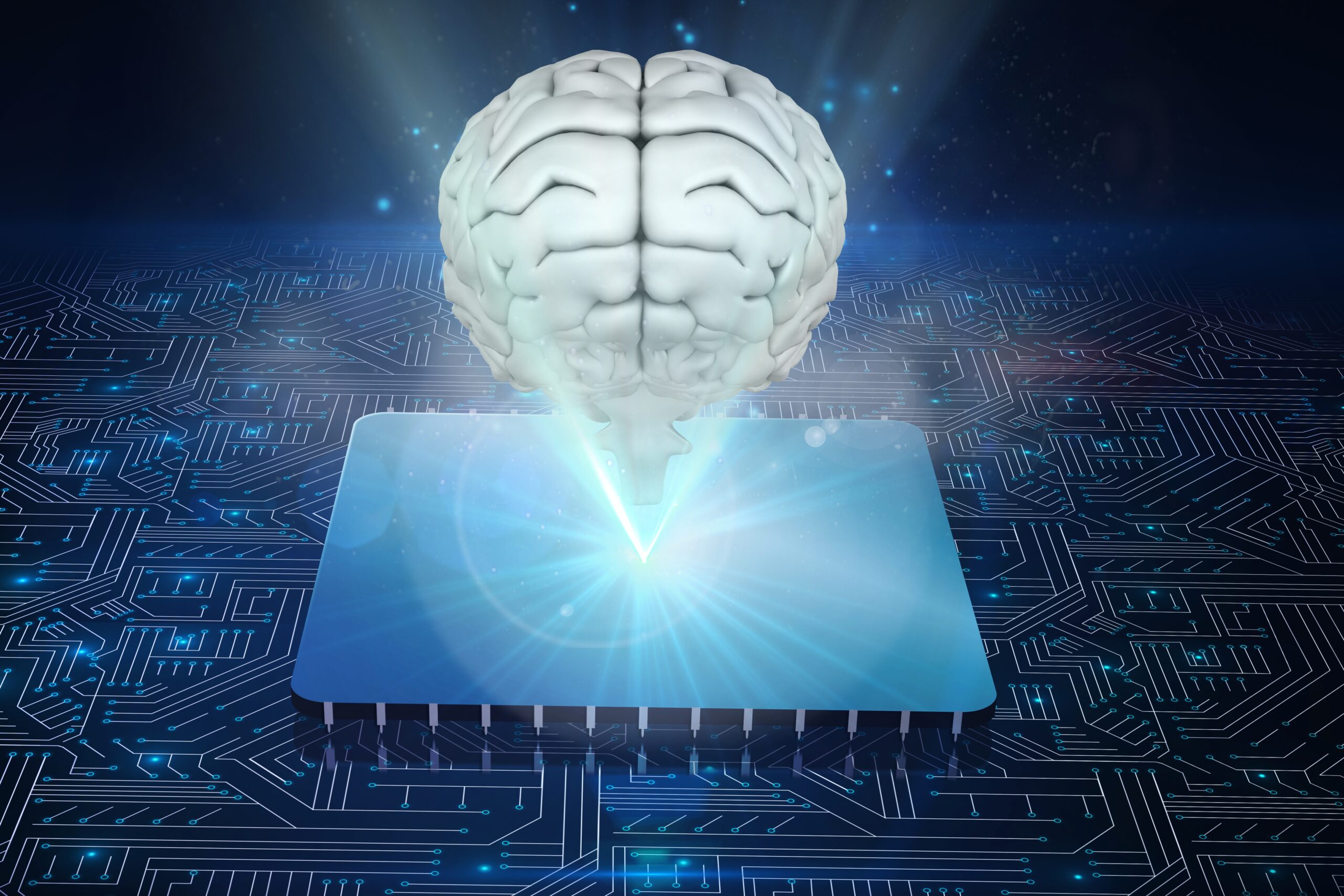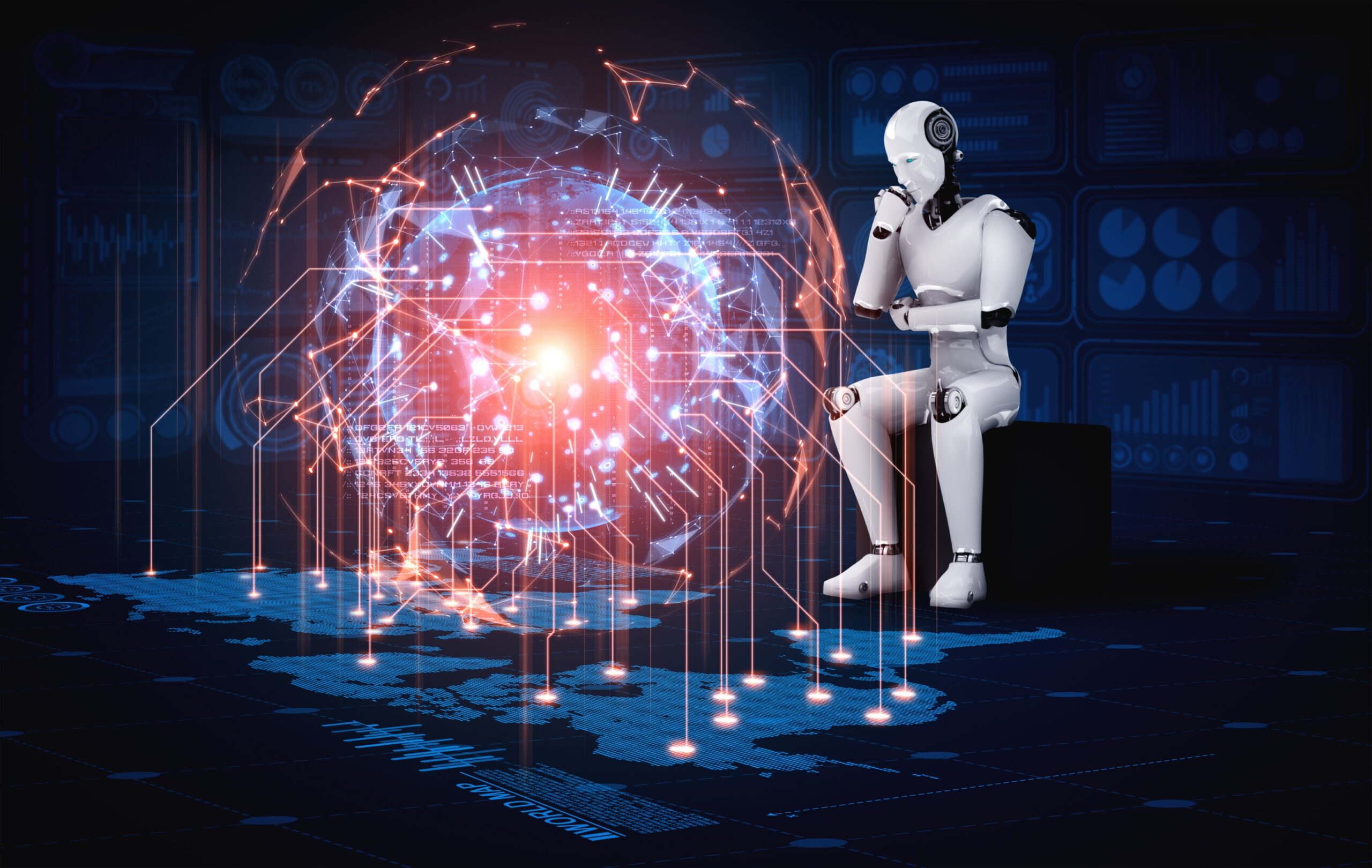For years, getting a new drug on the market has required a gradual process that can last over a decade and costs more than $2 trillion. At every point, from looking for targets and scanning chemicals, to testing medications in humans, there are many attempts with most drugs ending in failure. Because of this long process, it takes patients several years to get new treatments and doctors years to research them. By using machine learning and data analytics, efforts in discovery can be automated and speeded up.
The Traditional Drug Discovery Pipeline
In the past, drug discovery started by having researchers look for proteins or genes related to the disease. Compound screening is next, where thousands of drugs are tested on the target to find out which ones bind. Afterward, those drugs are tested for improvements in lead optimization. At the end, clinical trials are tested on people in various stages. Every part of the process needs extensive and costly laboratory experiments and tests. As an illustration, one study says it takes companies about one decade to bring a drug to the market and they must pay an average of $2 billion, with almost 90% failing before success. Therefore, much money is put into research that has no result and only a small number of discoveries is made.
How AI Transforms Every Stage
AI and machine learning are helping out throughout the entire pipeline process. Rather than taking months to do it, AI can analyze genomic and proteomic data and point out disease-related proteins in just hours. A remarkable part of DeepMind’s AlphaFold is that it can predict how a simple protein is shaped in just days or minutes, showing how various molecules might stick together and which ones are suitable for medicines. AI allows millions of chemical structures to be checked which is beyond what a human team can do, for identifying those compounds that fit the target. Using generative AI, there are now ways to create potentially useful drug molecules. The organisation, Insilico Medicine, proved this point by using Pharma.AI to pinpoint TNIK as a biological target and develop Rentosertib in less than half the customary 3-5 years. AI is used in both preclinical and clinical work to foresee toxicity and side effects using animal and laboratory information and to arrange better clinical trials.
Key applications of AI in drug discovery include:
- At the first step, ML researchers find and confirm the relevant targets for the diseases by reviewing extensive data systems. If scientists run an AI scan over private protein or RNA databases, they can receive the results in a matter of hours, a process that would otherwise take years for laboratories to accomplish.
- By applying AI, setbacks from toxicity or poor efficacy can be predicted in candidate drugs. Early warning about issues allows companies to get rid of candidates who won’t be successful without spending too much. With AI, the design and participant screening for clinical trials are improved to give trials the best chances of success.
- AI frequently helps make good use of drugs that have been created for something else. AI has found, after examining large sets of data, that a few approved drugs could treat conditions that were never expected. This idea makes it possible to notice new benefits and helps connect different sectors.
Breakthrough Platforms and Case Studies
Many key AI achievements show how much it can change our world. Using AlphaFold, DeepMind cleared a long-standing block in science by predicting large numbers of protein structures. AlphaFold has now processed information on more than 200 million known proteins and made their structures available for use by anyone. Because of this, DeepMind says scientists may have saved up to millions of dollars and hundreds of millions of years in research time by not repeating the slow and costly crystallography experiments for new proteins. They clearly indicate the parts of a protein that small molecules tend to bind with which helps speed up the beginning of the drug design process.
Startups in the industry are working to create AI systems from start to finish. The company Insilico Medicine highlighted that by using PandaOmics and Chemistry42, both the important biological target and the therapeutic compound Rentosertib were discovered using generative AI. They say it took only 18 months and $1.8 million to go from hypothesis to a preclinical candidate, while the standard process takes much longer and costs billions. Another way to think about it: Google created the BeyondCorp program to move its whole workforce to zero trust which started by allowing people to work securely from any network, even those they didn’t fully control.
Several AI companies centered their work on particular diseases. For example, Exscientia applied AI to invent new oncology candidates (even so, there are still issues, mentioned below) and Insilico has a number of preclinical oncology initiatives. AstraZeneca and GSK, among others, are connecting with AI companies—the two have included newly identified targets thanks to AI in their pipelines. In essence, AI is found helping speed up how targets are found, how leads are developed and how companies make important decisions.
Benefits: Speed, Cost, Success
AI is bringing many advantages to the field of drug discovery. By doing tedious searches automatically, AI can help make a job that might take years possible in weeks or months. Because of its 200-million-model database, AlphaFold allows every researcher to check the structure of any protein instantly, saving “hundreds of millions of years” of research. According to Insilico, AI helps reduce the average time and cost for developing drugs, from ten to twelve years and $2 billion to just 18 months and $1.8 million. Researchers discovered that AI-found drug candidates scored as much as 20 percentage points higher in their first trials, succeeding in 80–90% of cases compared to the 40–65% success of standard drug candidates. Improving the odds of success by even a little can save pharmaceutical companies hundreds of millions or even billions in developing a new medicine.
- Not only can candidates get trials sooner, but they tend to do better once they are there. AI-generated leads were recently shown to have a greater chance of surviving early stages of drug development. Consequently, AI enables the identification of poor candidates at the start and produces drug-like molecules without delay.
- AI is successful at bringing to light hidden data about drugs. By studying both medical histories and molecular data, AI found interesting alternatives for current drugs. AI research has found that anti-cancer and neurological drugs might be useful for different health problems, making it simpler for new therapies to be introduced (since the drugs have already been tested for safety). This way, compounds used before are tried first, letting testing be put off and meeting urgent needs more rapidly.
- AI makes it possible to design individualized treatment plans. Matching the right drug to patients depends on genomic, proteomic, as well as other multi-omics, data systems. Because of AI, future treatments will be directed at an individual’s genetic makeup instead of being the same for everyone. Scientists are beginning to see that representing human data through AI, genomics and metabolomics will help undercover more details about disease and lead to new medicines that target specific problems directly.
- Other than lowering costs and increasing speed, AI helps find new treatments in every medical field. Many AI projects in drug R&D are aimed at cancer such as immunotherapy and tailored gene treatments. Artificial intelligence is also helpful in managing infectious diseases, neurological diseases, rare diseases and other areas. Because AI simplifies data analysis, smaller labs are now able to address problems they used to struggle with.
Limitations and Concerns
Even with the promises, a number of issues and worries have not been fixed. If the data is biased, so will the AI be. When the training data are lacking, full of errors or unfair, AI may give the wrong results. When only certain kinds of genomic data are included, it is possible for the AI to miss the effects of a drug in several types of people. Many clinical datasets are not available openly, are collected differently by groups or are not consistent which makes it tough to use them for AI. In order to avoid widening health inequalities, data sets must be high-quality and representative.
Accessible Results: Current AI models do not usually explain why they come to certain conclusions. Since we don’t understand how these systems operate, this makes both regulators and scientists uneasy. An AI model may recommend an interesting molecule or group of patients, but it’s sometimes hard to see the reasoning it used. Specialists explain that handling risks related to decision-making—for instance, the hidden reasons behind certain algorithms—is very important. Since drug regulators need transparency, companies are required to find ways to understand or confirm AI suggestions.
Alpha and Beta Challenges: AI in drug development is running into difficulties with existing regulations. Guidance for the use of AI/ML in therapeutics is still being developed by the FDA and others. According to a recent examination, while AI is new in drug development, the rules are still being created and the FDA is currently working to make the standards for AI-based tools secure and reliable. When used, an AI-based prediction about trial success has to be checked and validated. What researchers do with patient genetic material should not be done without carefully protecting their rights and privacy. AI companies find it complicated to share information about patients because their data must be protected under HIPAA in the U.S. and GDPR in Europe.
It’s important to note that AI finds treatments, but success in the clinic is not always guaranteed. Take for example BenevolentAI’s AI-selected drug for atopic dermatitis which did not meet its Phase 2 targets and Sumitomo Pharma’s AI-designed molecule for schizophrenia failed in Phase 3 trials. Such cases prove that biology can be difficult to understand and that advanced models sometimes get the outcome wrong. It points to the usefulness of combining human judgment with AI: a human should still lead and analyze proposals for using AI.
All in all, issues linked to biased data, explaining algorithms, patient permission and whether AI is accepted by regulations are becoming more common as AI is used more widely. At the same time, the field is adjusting quickly: groups of AI experts, doctors and those studying ethics are teaming up to create guidelines for safe use.
The Future: Fully AI-Driven Pipelines and Oversight
It is expected by many in the field that, moving forward, AI and automation will run entire drug pipelines in joint activities with human researchers. In this scenario, AI spots targets and plans molecules and chemists make the molecules to be studied. At some point in the future, it is predicted that some drugs will be developed entirely with the help of AI.
Technological advancements will only make this trend become stronger. As a result, molecular simulations and analyzing data will proceed more swiftly. Also, combining multiple kinds of data (from tests and medical records) will help make target predictions much more accurate. At the same time, rules are being created by the FDA and agencies abroad for AI use in drug development and therapy.
All things considered, AI is moving toward being a regular partner in drug discovery and development. The difficulties in genetics will not go away, yet the chance to find treatments fast and make them fit each person’s needs truly excites us. Next year, we might be fascinated to see how AI changed from being in research labs to becoming a crucial factor in medicine development.










